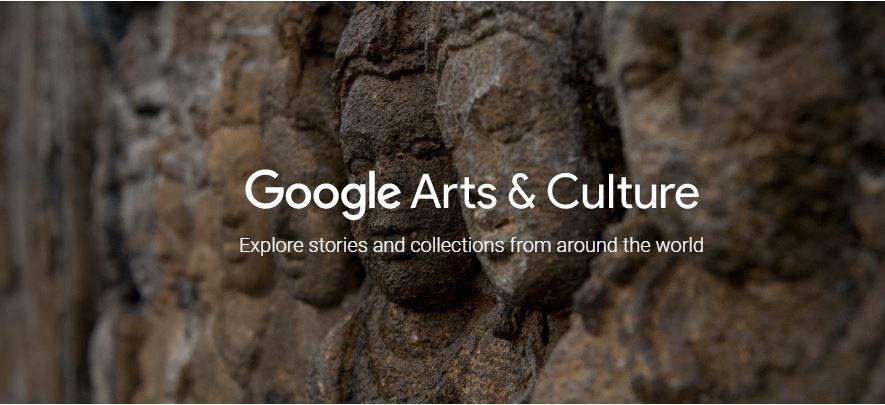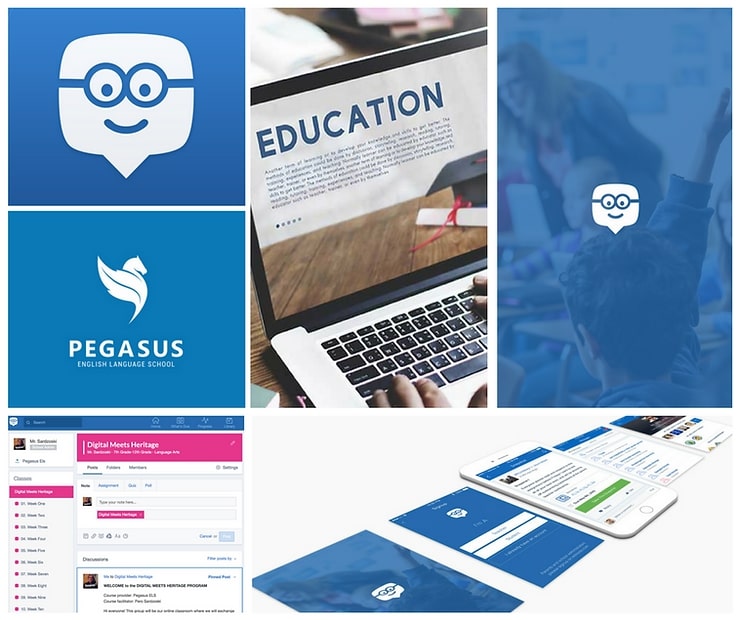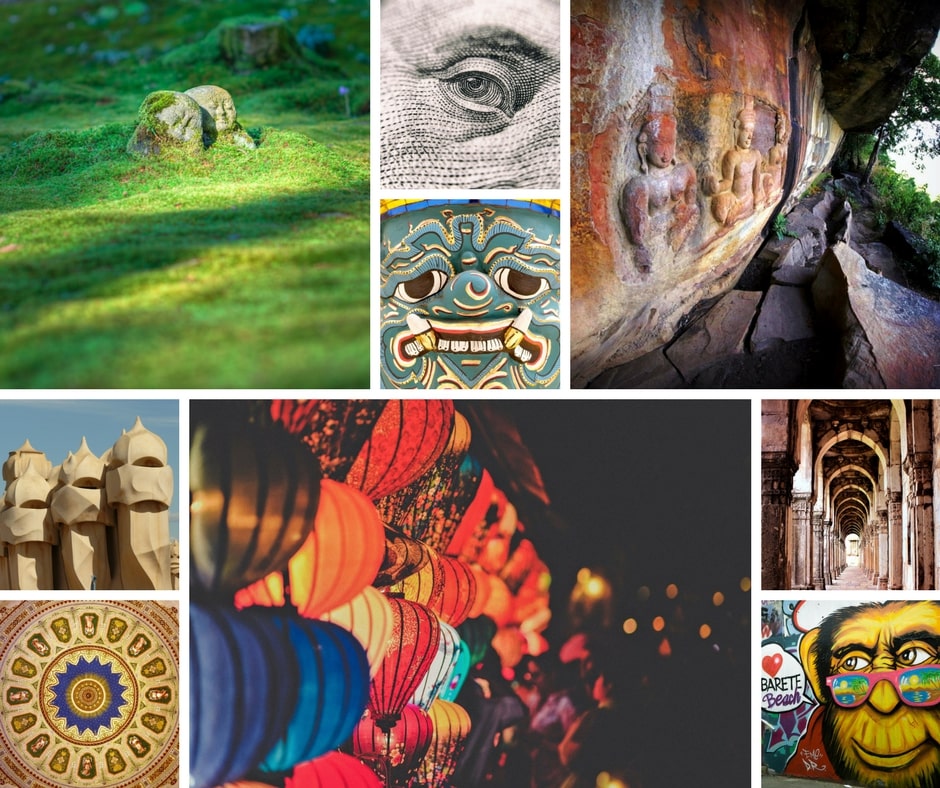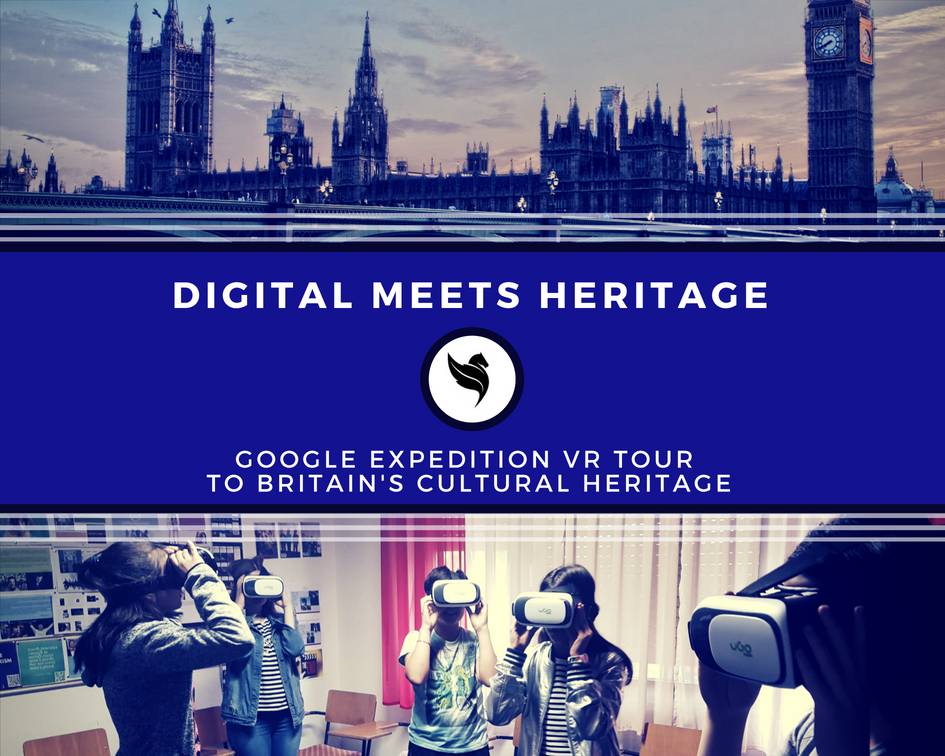Imagine you take your students on a field trip to a museum, or an archeological site, located on the other side of the world!
It may sound crazy to you, but it is now made possible through Google Arts & Culture, which, first and foremost, is an amazing educational resource that enables a hands-on learning experience, through the use of digital technology.

“From virtual museum trips to close-up art investigations, Google has a plethora of offerings for educators.” Meghan Bogardus Cortez
According to Meghan, an associate editor with EdTech, there are three ways one could use Google Arts & Culture for educational purpose. I will share with you how I used it with my students, as part of the Digital Meets Heritage program.
What is Google Arts and Culture?
Google Arts & Culture is an online platform through which the public can access high-resolution images of artworks housed in the initiative’s partner museums. (Wikipedia)
It contains collections of various works of art, from various artists, art movements, cultures, and periods, as well as guided VR tours to museums and archeological sites, 360-view tours inside world famous landmarks, and much more…
Blogging with Google Arts & Culture
In our PBL Simulation, students are given the task to explore some of Google Arts & Culture’s categories. Students select their favourite places, and are given assignments in their Edmodo group with specific instructions how to prepare the texts for their blog posts. They repeat the procedure with historical figures/historic events, artists/art movements, and women in culture. Students prepare texts for their blog posts on each of these topics, and turn them in as Edmodo assignments to be reviewed. Students then publish their blog posts, along with images, and videos related to the topic they are writing about. Students are also encouraged to read each other’s blog posts and write supportive comments to each other, as well as ask for relevant information, in attempt to learn from each other.
Visiting the British Museum with Google
During the next stage of our PBL Simulation students go on a ‘time travel’ journey, via the British Museum with Google. Students explore the Museum of the World‘s timeline, and choose an artefact they would like to learn more about. Students are encouraged to choose their artefact from any continent and any period they want.

Students are then given a chance to explore the British Museum, on Google Street View, and try to locate their artefact. Students are previously shown the map of the British Museum, and are given directions to the various departments.

Inside the British Museum, Google Street View
When they locate their artefact, they imagine they travel back in the time when their artefact was made, and try to reconstruct the time, the people, and the culture related to it. Students are given guidelines how to write the texts for their time travel diary blog posts, and turn them in as Edmodo assignments for editing. After that, students are encouraged to publish their blog posts, along with some photos of themselves at the British Museum, with the Background Changer App (to give a more ‘realistic’ touch to the virtual experience), and then comment to each other blog posts.
VR Tours with Google Arts & Culture
Another amazing feature that is now available through Google Arts & Culture, which can revolutionise education by the very fact that it offers a virtual first-hand experience of places that one could only dream of seeing in the past.
In the next stage of this PBL Simulation, each student chooses one of the VR tours from Google Arts & Culture App, such as:
· The Peacock Room – . Detroit, USA
· Museum of Natural Sciences – Brussels, Belgium
· Quirigua, Ancient Maya Site – British Museum, London, UK
· Wild Planet – Australian Museum, Sydney, Australia
· Natural History Museum – London, UK
· Palazzo Madama – Rome, Italy
· Temple of Hercules – Sicily, Italy
· Taj Mahal – Agra, India
· The White House – Washington, USA
· Ge Garden –Yangzhou, China
· Portchester Castle – Hampshire, England
· The Homeland of Java Man – Java, Indonesia
· Regional Ethnographic Museum – Plovdiv, Bulgaria
· National Museum of Archeology – Valetta, Malta
· A Stroll in Mantua – Mantua, Italy




